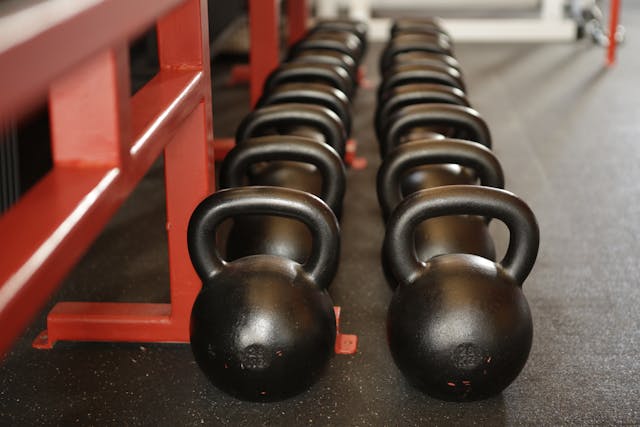
Here are 4 Key elements to add to your weekly workouts.
1) Functional Movement.
Functional training reverses the impact of sedentary lifestyles on our system. It supports movement with biomechanical safety and builds functional strength to help work free of injuries and tensions and ensure wherever you take your training it’s sustainable, you can stay consistent without injuries and niggles that knock you off your game.
The right Functional movement can be fun and joy-filled and help release stress and its effects.
2) Combine Low and High-intensity Exercise.
Lower-intensity Functional Training such as Functional Yoga helps optimise how we breathe and move. We can isolate the core even more, building intrinsic core stability — needed to rehab many modern conditions i.e. bad backs, pelvic floor stuff, tight hips, etc. There are also huge physiological and psychological benefits optimising your diaphragm and breathing.
Higher-intensity functional strength training brings huge systemic benefits such as activating a “myokine response.” Myokines are hormones synthesized and secreted when skeletal muscle contracts.
- They have receptors all over the body (heart, brain, etc)
- They help regulate metabolism, and endocrine function, and reduce systemic inflammation.
Simply put, when you learn how to get myokines flowing you send a chemical cascade of wellbeing-inducing biochemistry throughout the body and brain.
Training Tip: Take a period of low-intensity training to reset the body and biomechanics. Then, gradually, introduce more high-intensity training into your weekly workouts, and watch what happens!
Functional training (both low and high) builds stamina, resiliency, and longevity. It’s a way to go for Peak performance, building the capacity to bring more focus and energy to daily activities.
3) Breathing Practices
In a nutshell, breathing optimally sets the baseline for your physiology and biomechanics.
A truly functional training program must include, any/all of these elements of breathing:
- Optimization of the mechanics of breathing
- Build a breathwork toolkit to help restore complete balance and peace to your system
- Deliberately develop Awareness or “Sati” of breathing (i.e. mindfulness).
Combining the three approaches above takes your health and function to the next level.
Training Tip: Add a breathing practice to the end of your workouts to kick start the recovery process — less DOMS and more muscle growth. Rest is where the growth happens. Higher quality rest = higher quality growth.
4) Rest or Yin.
Build periods of active rest into your program and your workday. Learning to relax and let go of stress patterns in the body and mind is a huge life skill and dramatically boosts our performance.
Those of you who struggle to get to sleep listen up!
Introducing a moment(s) of active rest into your day could change your life, the act of sleeping is an act of learning to let go…and that is a muscle you can train throughout the day.
The modern mind and nervous system are jacked up with simulation, we are all go, go, go and that reaps havoc with the body’s ability to rest, digest, and restore. Aka Burnout symptoms!
Training tip: Incorporate Rest or yin by “sandwiching” your workouts with breathing practices, meditation, and/or savasana (lying down meditation). Add 3–10 mins of conscious breathing, meditations, and or breathwork before and after your workout.
The next part of this blog series will focus on the structure and design of your workout for peak performance and optimal health.